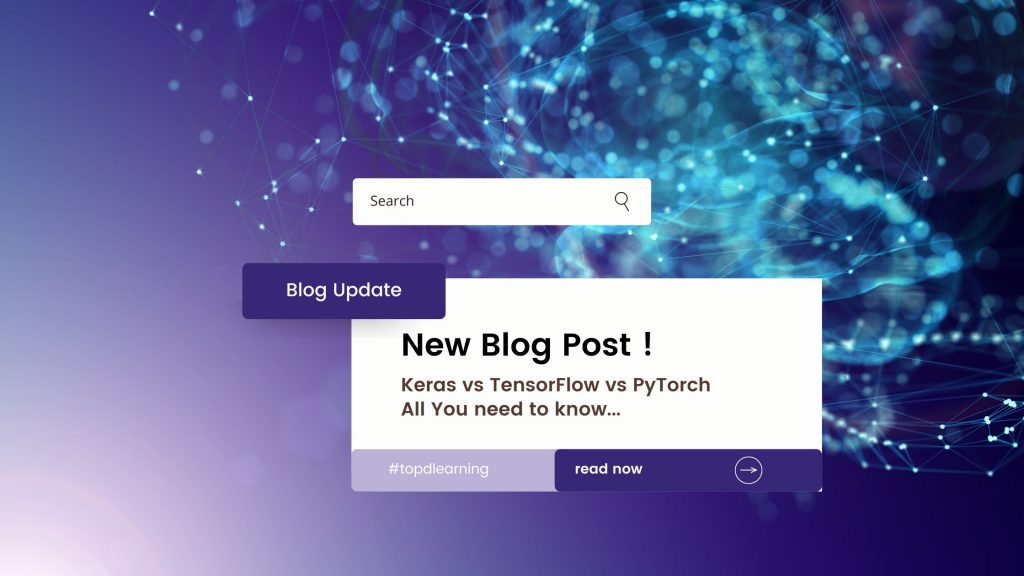Discover the key differences between Keras, TensorFlow, and PyTorch, three of the most popular deep learning frameworks in use today. This comprehensive blog post explores their features, applications, and approaches to help you choose the best framework for your next project.
Introduction
Deep learning has gained popularity over the past few decades, and Keras, TensorFlow, and PyTorch have been at the forefront of this trend. These three deep learning frameworks have similarities but differ in their approach, features, and applications. In this blog post, we will explore the key differences between Keras, TensorFlow, and PyTorch to help you choose the best framework for your deep learning project.
Table of Content
- What is Deep Learning?
- What is Keras?
- What is TensorFlow?
- What is PyTorch?
- Key Differences between Keras, TensorFlow, and PyTorch
What is Deep Learning?
Before we dive into the differences between these frameworks, let’s review what deep learning is. Deep learning is a subset of artificial intelligence (AI) that imitates the human brain’s neural pathways in processing data, using it for decision-making, detecting objects, recognizing speech, and translating languages. It learns without human supervision or intervention, pulling from unstructured and unlabeled data.
Deep learning processes machine learning by using a hierarchical level of artificial neural networks, built like the human brain, with neuron nodes connecting in a web. While traditional machine learning programs work with data analysis linearly, deep learning’s hierarchical function allows machines to process data using a nonlinear approach.
What is Keras?
Keras is a high-level neural network API written in Python. It provides an easy-to-use interface for building and experimenting with deep neural networks. Keras can run on top of TensorFlow, Theano, or CNTK. It is designed to be modular, user-friendly, and extensible.
Keras focuses on the high-level abstraction of neural networks and delegates low-level operations to another library called the Backend.
What is TensorFlow?
TensorFlow is an open-source library developed by Google for dataflow programming across a range of tasks. It is a symbolic math library used for machine learning applications such as neural networks. TensorFlow offers a comprehensive ecosystem of community resources, libraries, and tools that facilitate building and deploying machine learning applications.
TensorFlow supports multiple abstraction levels for building and training models.
What is PyTorch?
PyTorch is a relatively new deep learning framework based on Torch. It was developed by Facebook’s AI research group and open-sourced on GitHub in 2017. PyTorch is used for natural language processing applications and is known for its simplicity, ease of use, and dynamic computational graphs.
PyTorch offers efficient memory usage and feels native, making coding more manageable and increasing processing speed.
Key Differences between Keras, TensorFlow, and PyTorch
To better understand the differences between these three frameworks, we have created a table listing the key differences below:
| Framework | Keras | TensorFlow | PyTorch |
| Language | Python | C++, Python | Python |
| Ease of use | High, designed for fast experimentation with deep neural networks | Medium, steep learning curve for beginners | High, with a reputation for simplicity and flexibility |
| Abstraction Levels | High-level API with pre-built layers and models | Multiple abstraction levels for building and training models | Multiple abstraction levels, with a dynamic computational graph |
| Backend Support | TensorFlow, Theano, CNTK | TensorFlow, Keras | PyTorch |
| Memory Management | Handles low-level computations with another library called the Backend | Efficient memory usage | Efficient memory usage, with dynamic computational graphs |
| Community Support | Large and active community | Large and active community, with comprehensive ecosystem of resources, libraries, and tools | Growing community, with active development from Facebook’s AI research group |
| Best Suited For | Fast experimentation with deep neural networks | Dataflow programming across a range of tasks | Applications such as natural language processing |
| Notable Features | Modularity, User-friendly, Extensible | Scalable production and deployment options, Multiple abstraction levels, Android support | Simplicity, Flexibility, Dynamic computational graphs |
Conclusion
All three frameworks have their strengths and weaknesses, and the choice of framework depends on the specific needs of the project. Keras is an excellent choice for beginners or those who need to build and experiment with models quickly. TensorFlow is an excellent choice for large-scale production systems that require scalability and robustness. PyTorch is an excellent choice for researchers who need more control and flexibility over the model.
We hope this blog post has helped you understand the key differences among Keras, TensorFlow, and PyTorch. If you want to learn more about different technologies, we have various IT and project management courses available. You can contact us as well and we would be happy to help.


